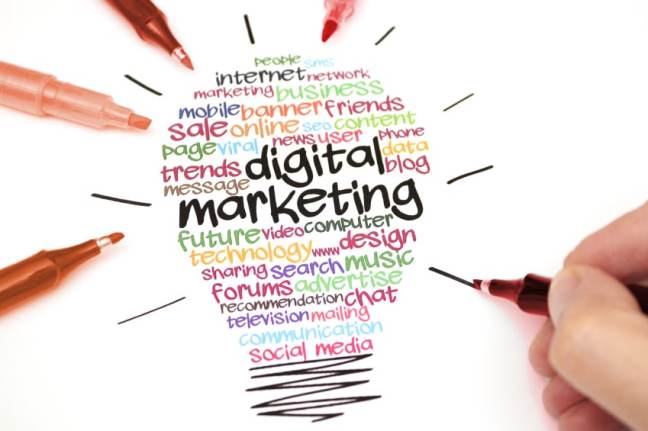
There are distinct differences between all the different generations, which means you need to market to them differently. There are some things that will work across all platforms like using a machine learning company to set you up and punch out insights based on your customer data regardless of age. However, if you are planning to market to a specific age group, knowing how that generation thinks and how they respond to different marketing tactics will benefit you greatly.
Generation Z
Sometimes called post-millennial, the founders, iGen, or even Plurals, this generation has yet to have a nickname stick with them. It is typically anyone born in the mid-1990s to the mid-2000s making this the newest generation of adults and the newest customers to focus marketing efforts. Gen Z grew up with technology at their fingertips, meaning they are able to easily use technology devices. This is the generation that expects to find your company online and easily navigate information. They want to know you are doing something good with the money they give you, so missions and goals to make the world a better place are extremely important to them. Focus efforts on online marketing and communication in order to best reach them.
Millennials
Most people who are considered of the “Millennial” generation were born between the early 1980s and the mid 1990s. This group was the defining generation that completely changed everything with the use of technology.
Smartphones and the Internet really began being popular and important in their teen and college years making them technology based, though not as much so as Generation Z. It was also the generation that went through the Great Recession during their early careers making them a generation of entrepreneurs trying to start their own businesses. This makes them loyal to small businesses and communities, so marketing locally is a good method to use with them.
Millennials also spend a lot of time on social media, so social media marketing is a great place to be. This was the first generation that backed off a bit from loyalty towards companies, but as they’ve aged, their loyalty towards businesses has become more solidified again. If you are able to get their loyalty, you won’t be sorry. Rewards programs are popular, and make sure your customer service is up to speed, so they always feel like you care about them.Generation X Generation X typically describes anyone born between the 1960s and the 1980s.
This is the generation with families and full time jobs to worry about. Any kind of coupon or discount is more likely to bring them in to your store. Many of them have social media accounts but aren’t active users, which means marketing by text or email is going to be more effective than trying to focus on social media advertising. They are also in the throes of parenthood, so marketing in a way that brings the whole family togethers is going to be successful.
Baby Boomers – And the rest
The baby boomers were born between the 1940s and 1960s, though they are typically thrown in with the silent generation too when it comes to marketing strategy. Direct interaction is the best method of marketing to this generation since many of them don’t spend a lot of time on the Internet or on social media platforms. A direct text, phone call, or even letter in the mail might be enough to get them in store. Loyalty is also very important to this group of people. If they know you have worked for them in the past, you’ll get a good turnout in the future. This generation grew up when the economy was good and had nicer things in life. They want the same in their retirement years, so cost isn’t necessarily an issue. It can be hard to get them away from a brand they already love, but if you do, you’ll have a customer for life.
Mobile Technology News brought to you by biztexter.com
Source: tcbusinessnews.com/marketing-to-grandpa-and-everyone-else/

